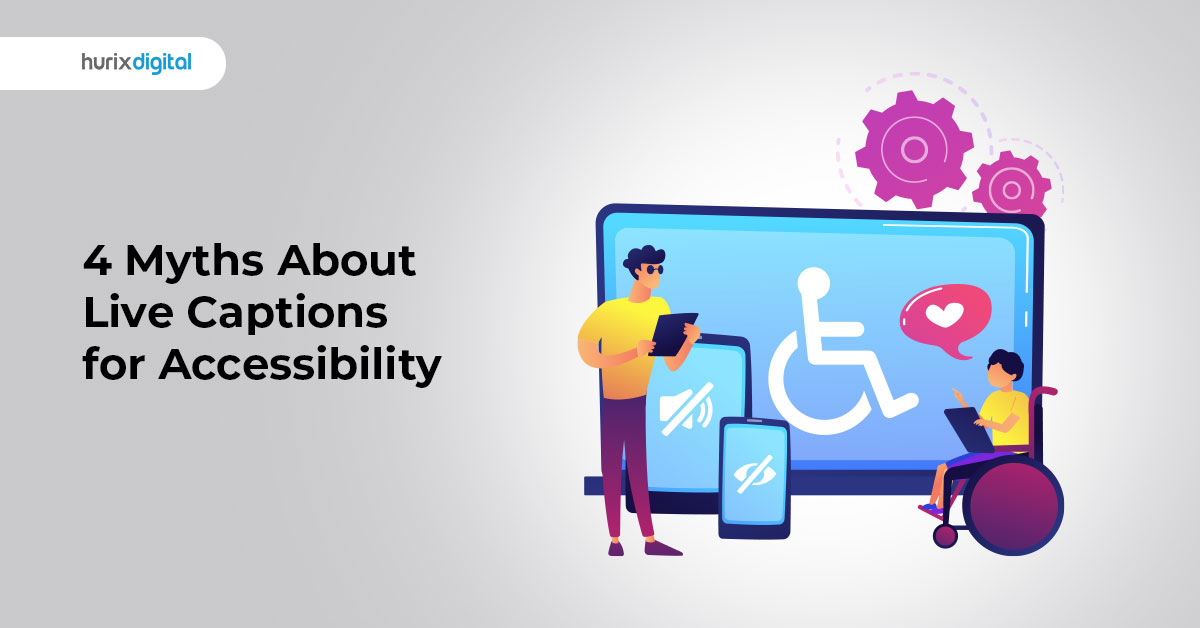
Practical Tips for Managing Deadlines and Accessibility in Publishing
Summary
This blog provides practical tips for managing deadlines and accessibility in publishing. It offers strategies for efficient time management, meeting accessibility standards, and utilizing tools and technologies to streamline the publishing process.
Anyone in the publishing industry understands that juggling multiple projects, especially with tight deadlines, is a Herculean task.
Editors often feel pressured to rush through tasks to meet these deadlines, which can lead to compromises in accessibility guidelines.
Although deadlines may feel like pressure chambers, they are essential for maintaining a streamlined editorial workflow and ensuring accessibility in publishing.
Managing multiple deadlines and ensuring digital accessibility standards are followed is like walking a tightrope. Creating a perfect balance takes resilience and years of practice.
But worry not! This blog discusses accessibility in publishing, its importance, and how to integrate it into your editorial workflow without missing deadlines. Read on!
Table of Contents:
- What is Accessibility in Publishing?
- Why Do Accessibility Guidelines for Publishing Matter?
- Striking a Balance Between Deadlines and Accessibility in Publishing: Practical Tips for Editorial Managers
- Wrapping Up
What is Accessibility in Publishing?
Accessible publishing is a method in which books are designed to be published in alternative formats. The aim is to deliver a smooth reading experience to print-disabled people.
From ebooks to DAISY digital talking books, accessible publications make books available in multiple formats for people to read with ease and proficiency. Integrating accessibility guidelines into the editorial workflow is crucial for publishers as technology reshapes content consumption and interaction.
In addition, accessible publishing offers two-fold benefits:
- Promotes inclusivity
- Allow publishers to tap into larger markets
Also Read: Best Practices to Ensure Accessibility on Social Media Platforms
Why Do Accessibility Guidelines for Publishing Matter?
The benefits of digital accessibility in publishing are endless.
Let’s quickly check out why accessibility in publishing has become the need of the hour:
1. Inclusivity and Equal Access For Everyone
At least 2.2 billion people globally have distance vision impairment. And this data is just the tip of the iceberg.
Several other disabilities, such as dyslexia or blindness, can hamper reading experience.
Digital accessibility in publication ensures that individuals with disabilities can interact and engage with content on different platforms.
Accessible publishing removes barriers and provides equal access for individuals with visual motor and cognitive impairments. This ensures universal access to information, from entertainment to educational resources.
For example, several audiobooks help people with blindness consume content in a way that’s comfortable for them.
In addition, inclusive content allows publishers to tap into unexplored markets and reach a broad audience.
2. Ensures Legal Compliance
The European Accessibility Act mandates that a range of products and services, including e-books, be accessible to people with disabilities.
Several countries have followed the EU’s initiative and implemented regulations mandating accessibility guidelines in different areas.
This means non-compliance can result in serious legal consequences, adversely impacting the publishers’ goodwill. Prioritizing accessibility within editorial workflow mitigates legal pitfalls and ensures compliance with WCAG. It also showcases the company’s commitment to inclusive practices.
3. Amplified Audience Reach
One in four adults in the United States lives with some type of disability. This means there’s a relatively untapped market for publishers.
Incorporating digital accessibility practices ensures you can tap into this vast and unexplored market by catering to the needs of 28.7 % of the country.
For example, an ebook compatible with screen readers ensures people with visual or cognitive impairments can access its content. This kind of inclusivity effortlessly addresses the needs of these individuals, thus increasing readership and revenues.
4. Helps You Achieve Business Bottom Lines
An e-book with a magnifier tool provides a hassle-free and convenient reading experience for someone with low vision. This will not only enhance the overall user experience but also increase customer satisfaction. As a result, it allows you to unlock growth opportunities, benefiting your bottom line.
Striking a Balance Between Deadlines and Accessibility in Publishing: Practical Tips for Editorial Managers
Creating a balance between deadlines and accessibility is walking on a double-edged sword. Make one mistake and be ready to face the consequences.
But what if we say it’s not an impossible feat? You can create accessible content within the deadline by following these simple yet effective strategies:
1. Set Your Priorities Straight
Organizing tasks and setting priorities during the initial phase of the accessibility initiative is no child’s play!
However, once you get there, it will help you integrate accessibility practices into the editorial workflow.
Clear priorities will help you set a realistic deadline, break large tasks into smaller steps, and provide clear goals for each stage. As a result, the editors have enough room to pay attention to accessibility guidelines while making the copies error-free.
2. Take into Account Multi-Device Compatibility
As technology advances and new devices emerge with unique features, it’s crucial to implement digital accessibility. This ensures that content is accessed without any glitches across various devices, from desktops to wearables.
So, while ensuring a seamless editorial workflow, it’s important to consider multi-device adaptability in the account. This ensures the content reaches users regardless of device preferences and disability levels.
3. Compatibility with Assistive Technologies
Remember when Braille script was the only way people with blindness would read? Things have changed drastically since then. Today, digital audiobooks and e-books with screen readers allow people with visual impairments to access information.
Moreover, considering this accessibility requirement, editors can make the content future-proof. This will ensure the content is accessible and usable even when assistive technologies evolve.
4. Future-Proof Content for Evolving Technologies
As we said earlier, technology is advancing at the speed of light. AR, VR, and voice assistants are gaining prominence.
Thus, embracing these emerging technologies in editorial workflow becomes crucial to ensuring enhanced accessibility. This will make your content proof and reduce the need for extensive retrofitting.
Check out EXCLUSIVE: Hurix Digital Makes an eCommerce Platform Catering to Millions Worldwide of Users Improve Accessibility Standards
Wrapping Up
Embracing accessibility in publishing is no longer an amenity; it has become a necessity you can’t ignore. And that doesn’t mean you can compromise on deadlines. Achieving a fine balance between these two will take publishing a long way.
Hurix Digital can help you in this regard. With our expertise, we help you integrate accessibility seamlessly into your editorial workflow, ensuring compliance and efficiency without sacrificing your deadlines. Let us assist you in creating inclusive content that reaches and resonates with a broader audience while meeting your publishing goals.
Talk to our experts for more information!

Vice President – Digital Content Transformation. He is PMP, CSM, and CPACC certified and has 20+ years of experience in Project Management, Delivery Management, and managing the Offshore Development Centre (ODC).







